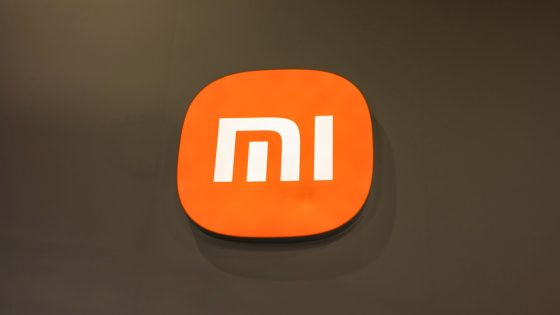HyperOS to start rolling out globally on Xiaomi smartphones in Q1 2024،
Xiaomi shook things up last month by revealing that it was ditching the usual MIUI (Mi User Interface) for a new operating system called HyperOS. The movement is already underway with the latest Xiaomi 14 and Xiaomi 14 Pro will ship with HyperOS right out of the box.
The new Xiaomi Watch S3 also runs on the new operating system which the company says aims to improve device performance, maintain a smooth user experience, and ensure everything connects seamlessly across all Xiaomi devices.
In the upcoming first quarter of 2024, it seems that Xiaomi’s global smartphone variants are expected to receive the HyperOS update. GSMChina (via Android titles) shared a list of 9 devices that will receive the update first. With more devices expected to join the HyperOS train in the future, these first 9 devices are leading the charge. GSMChina claims that this list is supported by information obtained from a Xiaomi server. So, which Xiaomi devices will receive the update in the first quarter of next year?
Naturally, the Xiaomi 14 The series is not on the list since, as mentioned above, it will come with HyperOS preinstalled.
The new HyperOS is designed to power Xiaomi’s smart ecosystem, spanning personal devices, cars and home products. According to the Chinese company, HyperOS allows tasks to be distributed between different computing units for collaborative processing, thus ensuring optimal hardware performance.
In addition, Xiaomi’s HyperOS has undergone an overhaul of technical modules, covering the file system, memory management, imaging subsystem and network system. This redesign aims to effectively leverage and optimize the various hardware capabilities of different devices, thereby ensuring better performance.
In addition, Xiaomi HyperOS integrates an AI subsystem that supports AI technologies. For example, its cognitive center, HyperMind, aims to better understand user needs and respond accordingly. For example, if a user has the habit of turning on the living room light every time they unlock their smart door, HyperMind detects this. After learning this pattern, the room will automatically light up.
















